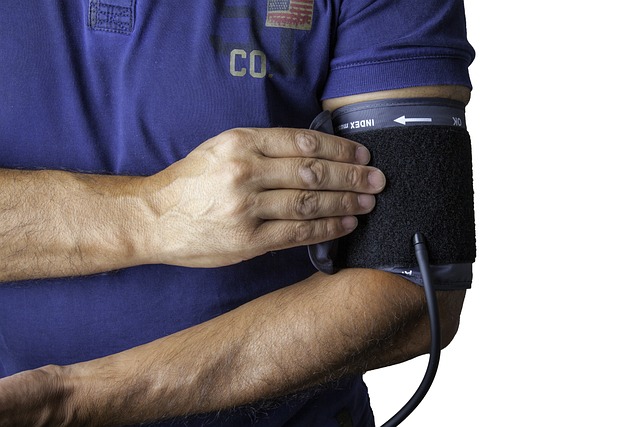Cardiac Stress What Patients Should Know
A cardiac stress test evaluates how the heart performs during physical exertion or simulated stress. It helps identify reduced blood flow, abnormal heart rhythms, or other cardiac changes that may not appear at rest. The test is commonly used alongside other medical assessments to guide diagnosis and treatment decisions for people with suspected or known heart disease.

This article is for informational purposes only and should not be considered medical advice. Please consult a qualified healthcare professional for personalized guidance and treatment.
heart: Purpose of a cardiac stress test
A stress test assesses the heart’s response to increased demand. Under monitored conditions, the heart’s rhythm, blood pressure, and electrical signals are observed to detect ischemia (reduced blood flow) or arrhythmias. Results can help determine whether symptoms such as chest pain, shortness of breath, or unexplained fatigue relate to coronary artery disease or other cardiac conditions. The test guides treatment planning and risk stratification for future cardiac events.
doctor: When your doctor may recommend it
A doctor may recommend a stress test if a patient reports chest discomfort, exertional shortness of breath, or unexplained fainting. It is also used to evaluate the severity of known coronary artery disease, to assess functional capacity before surgery, or to monitor the effectiveness of treatments such as medications or revascularization. Clinical context, baseline ECG findings, and the patient’s ability to exercise influence the doctor’s choice of test type.
medical: Types of stress tests and how they work
There are several medical approaches to stress testing. The standard exercise test uses a treadmill or bicycle while ECG, blood pressure, and symptoms are recorded. Imaging-based tests include stress echocardiography (ultrasound of heart motion) and nuclear perfusion imaging (tracer-based scans) to visualize blood flow. For patients unable to exercise, pharmacologic agents simulate stress by increasing heart rate or dilating coronary vessels. Each type provides different information about heart structure, function, and perfusion.
hospital: What happens during testing at a hospital
In a hospital or outpatient medical facility, technicians attach ECG leads and monitor vitals continuously. For an exercise test, the patient begins at a low workload that increases incrementally; technicians and a supervising clinician watch for concerning changes. Imaging tests add brief scans before and after stress. The hospital environment ensures emergency equipment and trained staff are available if complications occur. Typical testing lasts 30 minutes to a few hours depending on the modality and preparation.
patient: Preparing for and recovering from the test
Patients are usually advised to wear comfortable clothing and shoes, avoid heavy meals, and withhold certain medications per their clinician’s instructions. Smoking, caffeine, and some beta-blockers often need to be paused because they affect heart rate. After the test, most patients can resume normal activities, although some pharmacologic stress tests may cause transient side effects like flushing or dizziness. The patient should follow post-test guidance on medication resumption and watch for any delayed symptoms to report to their doctor.
Conclusion
A cardiac stress test is a widely used diagnostic tool that provides insight into how the heart functions under stress, supporting diagnosis, treatment choices, and risk assessment. Different test types suit different clinical situations, and coordination between the patient and medical team helps ensure accurate results and safe testing. Discussing expectations, preparation, and interpretation with your healthcare provider clarifies what the test will reveal about your heart health.






